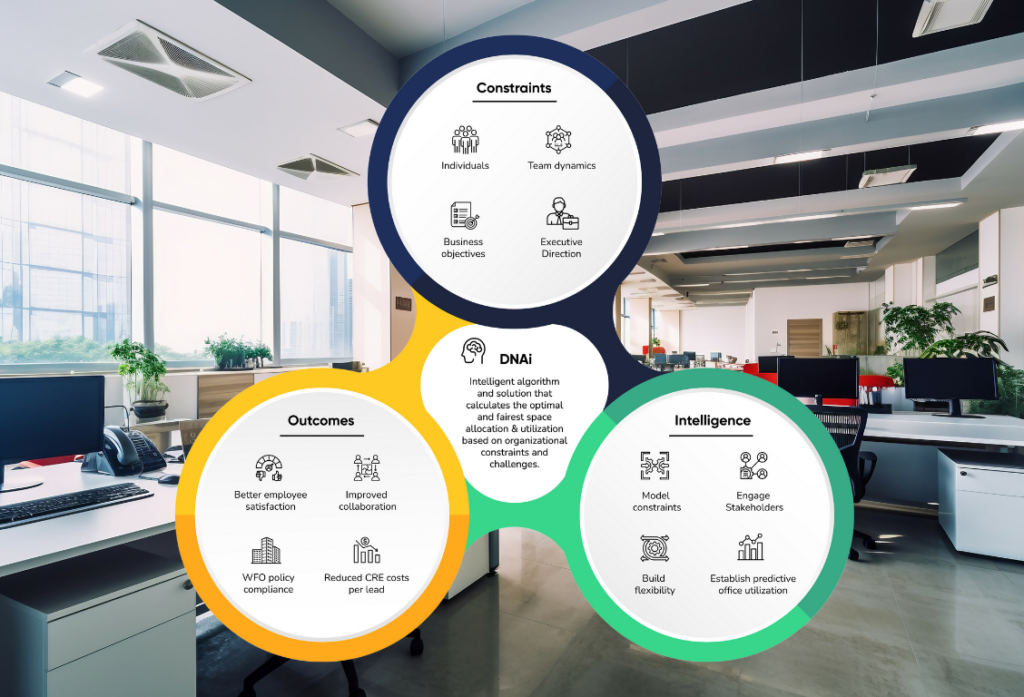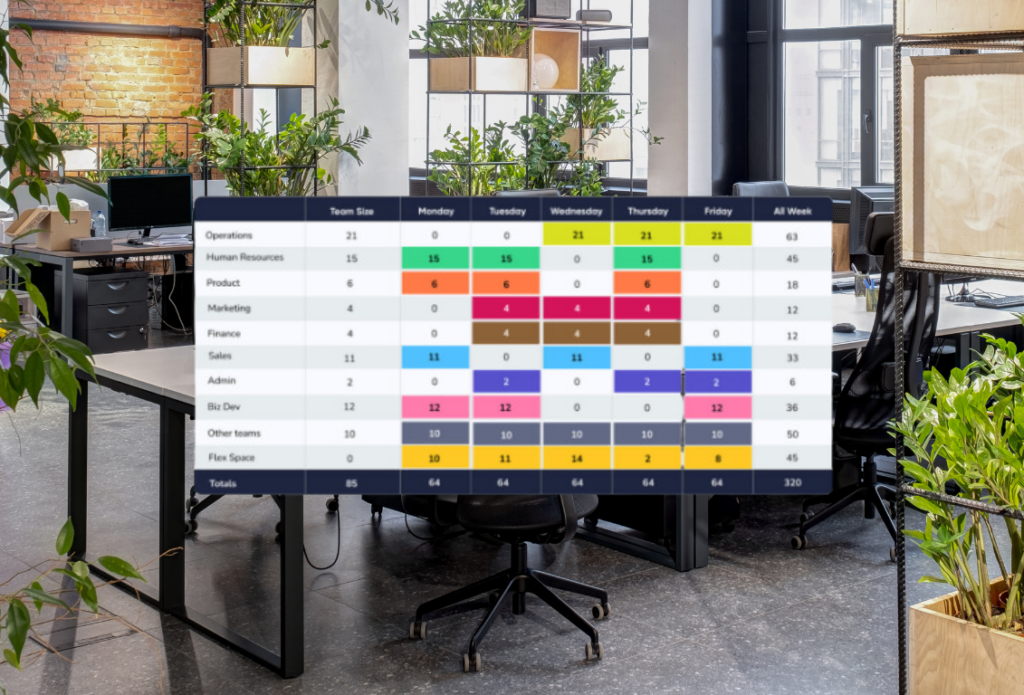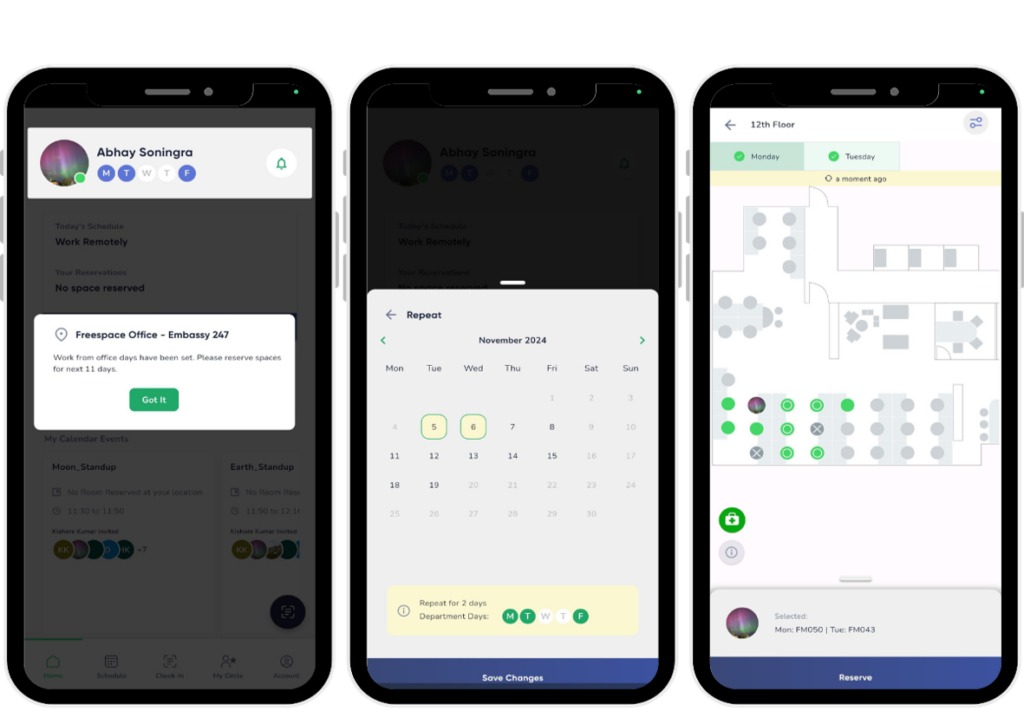

A business office neighborhood is a unit within a traditional office space layout that has been designed using different units for different functions. Each of these units is referred to as a “neighborhood” and they are dedicated to certain types of work experiences.
From private spaces and quiet zones to open-plan rooms for collaboration and meetings, these neighborhoods are agile environments that are flexible to suit every team member’s needs.
Purpose of Business Office Neighborhoods
The purpose of business office neighborhoods is to foster people-centric working models, taking into account individual needs from employees. The flexibility enables the workspace to support everyone’s daily workflow, so they can decide how they want to work each day and how they will be their most productive.
They also provide a solution to keep up with the volatile and fluctuating hybrid working trends. Designed to adapt to changing organisational needs, they are a long-term solution for office space layouts.
Benefits of Business Office Neighborhoods

By designing spaces dedicated to supporting workflows and adapting alongside changing needs, productivity levels will be increased.
1. For Teams
Working together in close proximity fosters collaboration and makes departments more productive together through better communication and resource sharing. With the ability to access shared resources more effectively, it boosts overall efficiency and productivity.
2. For Individuals
By having more freedom and flexibility with how they would like to work day-to-day, this increases job satisfaction which has a domino effect on staff retention and long-term business success. The different spaces allow employees to choose whether they would prefer to work on their own, function within their department or collaborate with multiple departments. No matter what they decide, this layout ensures they have everything they need to have a productive day.
3. For the Organization
Business neighborhoods can help you achieve efficient space management and, therefore, cost savings. As there are no permanent workstations required for these layouts, organizations will be able manage the neighborhoods with desk scheduling software, like Freespace’s Dynamic Neighborhood Allocation with Intelligence (DNAi), to give insights on how the space is utilized and reduce real estate costs.
Adopting business office neighborhoods fosters collaboration, flexibility, and cost savings, driving long-term success. However, managing these spaces efficiently while meeting the evolving needs of employees and the organization can be challenging. That’s why leveraging intelligent, advanced technology is essential to streamline operations and achieve critical outcomes.
Introduction to DNAi

Freespace’s DNAi tool has been designed to improve the entire in-office experience. Working together with your WFO policy and with the ability to configure to your specific requirements, DNAi maximises your workspace to make sure it is managed in the most efficient way.
By using an intelligent algorithm, it considers your constraints and provides solutions, so you save time manually resolving these challenges. The constraints it takes into account include:
- More employees than desks
- Individual needs and preferences
- Team dynamics and collaboration
- Business objectives and hybrid working strategies
- Real estate optimization
Based on these, a proposed layout will be provided for the day of the week in question, making space allocation that considers current needs a seamless approach.

DNAi works seamlessly with our Employee Experience App so your employees feel in control when working from the office. They are able to view their mandated days in the office and book desk spaces in advance, quickly and easily.

Find out more about DNAi and how Freespace can support your hybrid working strategy and real estate optimization.


